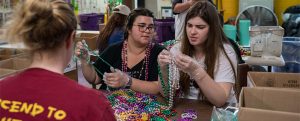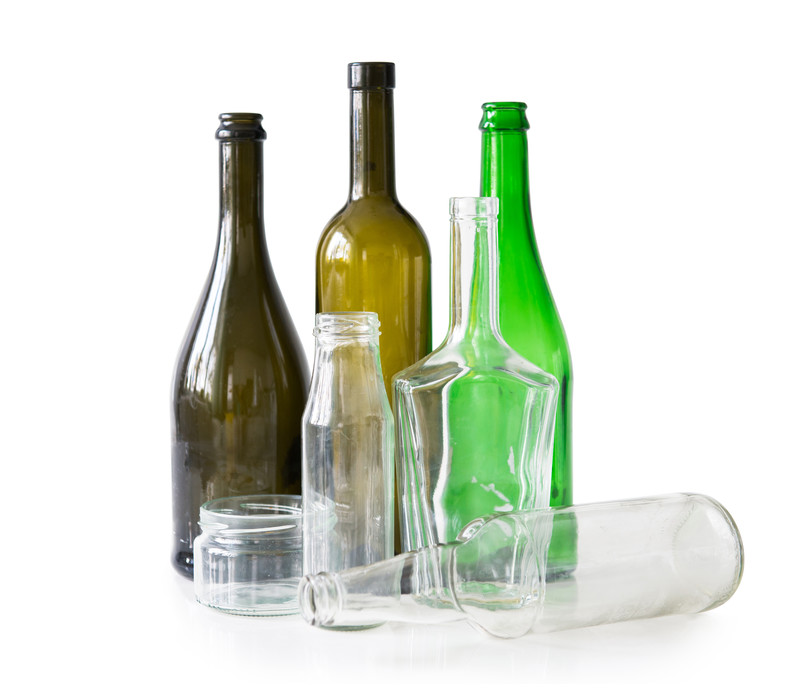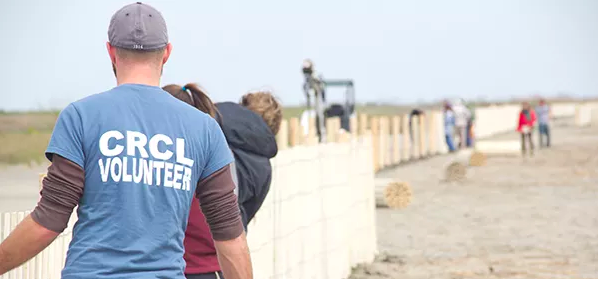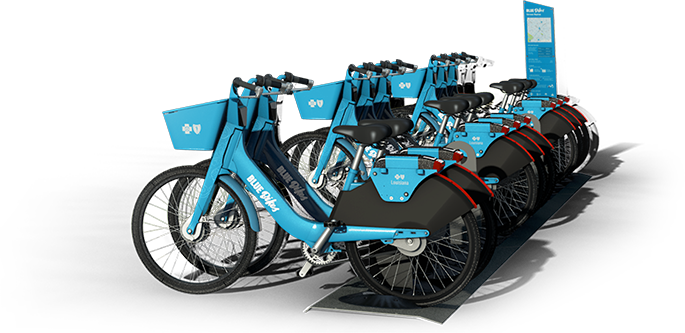Editor’s Note: The following series “Big Easy and the Environment” is a week-long series curated by Lindsay Hardy as part of the Digital Research Internship Program in partnership with ViaNolaVie. The DRI Program is a Newcomb Institute technology initiative for undergraduate students combining technology skillsets, feminist leadership, and the digital humanities.
March is the beginning of spring in New Orleans, the trees are changing, the pollen is falling, and the humidity is just starting to creep in. As the seasons quickly change each year, and New Orleans becomes warmer, it makes people start to question: how quickly is New Orleans climate and environment changing? This grouping of articles explores and appreciates New Orleans’ changing environment as it relates to film in the past, present, and future. “Five things New Orleanians can do for the environment?” was originally published on NolaVie by Gabriella Burns on February 26th, 2019. Through the article a roadmap is provided for steps that all New Orleans residents can take to lessen the impact that they have on their environment. These steps are specific to New Orleans because of the special laws that are put into place as well as the types of life styles that typical New Orleanians like to live.
Because of rising sea levels, New Orleans is one of the cities in America that is most at risk for damage due to climate change. Some predictions even indicate that New Orleans could be under water in 100 years or less. On top of the future threats of climate change, the city is about to experience the influx of tourism and revelry of Mardi Gras, which has an unfortunate side effect of pollution. Last year, New Orleans collected almost 1,200 tons of trash during the parade. Even when it’s not parade season, it still feels good to help keep the city eco-friendly. If you’re as concerned about New Orleans becoming a real-life Atlantis as I am, then consider these ways you can help.

SOUL NOLA is in its third year of reforesting the city. (Photo: soulnola.org)
Plant a tree
The lush streets of New Orleans aren’t maintained only by city government; several organizations plant trees around town. Trees help to improve air quality, and research suggests that living in a city with lots of greenery is beneficial to your mental health. So why not help out and plant some yourself? SOUL (Sustaining Our Urban Landscape) has several tree plantings being held from 9:30 AM to 1:00 PM Saturday, February 23, in the Bywater, Marigny, St. Roch, 7th Ward, and St Claude neighborhoods. Click here to sign up for a tree planting. If you can’t make it this weekend, mark your calendars for next month: SOUL is also hosting tree planting events on March 23 and 30.

Arc’s Mardi Gras Recycle Center can arrange for
the delivery and pick-up of recycle bins. (Photo: arcnola.org)
Recycle Your Mardi Gras Beads
Mardi Gras season is upon us! I don’t know about you, but once the party is over, I feel guilty about the amount of trash I’ve created. Last year, 950 tons of trash piled up during the festivities, including 46 tons of beads from city drains. Unfortunately, the beads are often colored with paint containing toxic chemicals, such as lead. This causes an increase in lead levels in the soil around parade routes. Thanks to the City of New Orleans, you don’t have to feel guilty about throwing your beads away – you can recycle them. Head to the Elysian Fields recycling drop-off center at 2829 Elysian Fields Ave. on the second and fourth Saturday of every month, any time between 8 a.m. and 1 p.m., to get rid of all those beads you’ve been hoarding. For more information, click here. If you’re feeling particularly passionate about bead recycling, you can also host a bead drive through Arc of Greater New Orleans, an organization that advocates for people with intellectual disabilities. One way they’re achieving this goal is by creating an employment opportunity for mentally challenged adults through their Mardi Gras bead recycling program. You can find more information about their permanent bead drop-off bins and how to host a bead drive here.
 Find a Glass Recycling Program Near You
Find a Glass Recycling Program Near You
New Orleans doesn’t recycle glass through its normal recycling bins, but there are options for those who want to help the Earth and see their glass go to good use.. The Elysian Fields Avenue recycling drop-off center accepts all types of glass, so don’t forget to take your glass discards with you if you head there to recycle Mardi Gras beads. Tulane’s Newcomb Art Department, located at Woldenberg Art Center #202, Newcomb Circle, accepts clear glass, which the university uses in its glass-blowing classes. Call (504) 865-5328 before going to drop off glass there, in case the art department is at capacity for glass donations.

Coalition to Restore Coastal Louisiana uses volunteers to rebuild our coastlines (Photo: https://www.crcl.org/)
Just Shuck it
Everyone knows that fresh oysters are a delicious Louisiana delicacy. What many don’t know is that harvesting oysters can harm the environment. Oyster reefs provide an important habitat for many marsh-dwelling plants and animals, and Louisiana is currently experiencing a “shell deficit.” This means there aren’t enough oyster reefs in our coastal region to properly support marine life. That includes baby oysters, which need a hard surface, like an oyster reef, to attach to so they can grow. Fortunately, the Coalition to Restore Coastal Louisiana has a solution that benefits oyster lovers and the environment. Several restaurants around the city donate their oyster shells to the coalition, which the organization uses to create new oyster reefs. For a list of participating restaurants, click here.

Blue Bikes can get you rolling for $15 a month (Photo: https://bluebikesnola.com/)
Bike the City
Biking isn’t just good for your health — it’s also good for the environment. If you don’t have a bike, don’t worry: New Orleans also has a bike-sharing program. The Blue Bikes New Orleans program is an eco-friendly part of local public transport. For a $15 monthly fee, New Orleanians can pick up and drop off bikes at one of the 70 Blue Bike centers around the city. Their app helps you locate the bikes, and you can even use it to contact someone for help if your bike gets a flat tire. Although the Blue Bike program is targeted toward improving people’s health, it also serves to reduce the city’s carbon footprint. Now that’s a win win.
 NOLAbeings
Multimedia artist Claire Bangser created NOLAbeings as a portrait-based story project that marries...
NOLAbeings
Multimedia artist Claire Bangser created NOLAbeings as a portrait-based story project that marries...
 Data corner: Adobe Suite (create a PDF, social media graphic, presentation, edit a photo and video
Data corner is where you go to work with analytics and top tech skills. It takes on everything from PERL and SQL to Canva and Sprout Social.
Data corner: Adobe Suite (create a PDF, social media graphic, presentation, edit a photo and video
Data corner is where you go to work with analytics and top tech skills. It takes on everything from PERL and SQL to Canva and Sprout Social.
